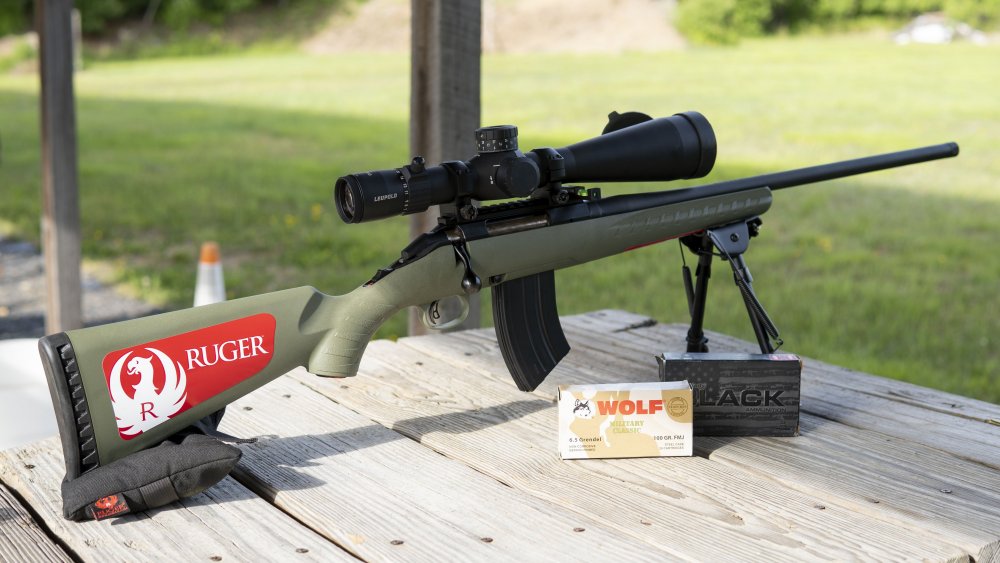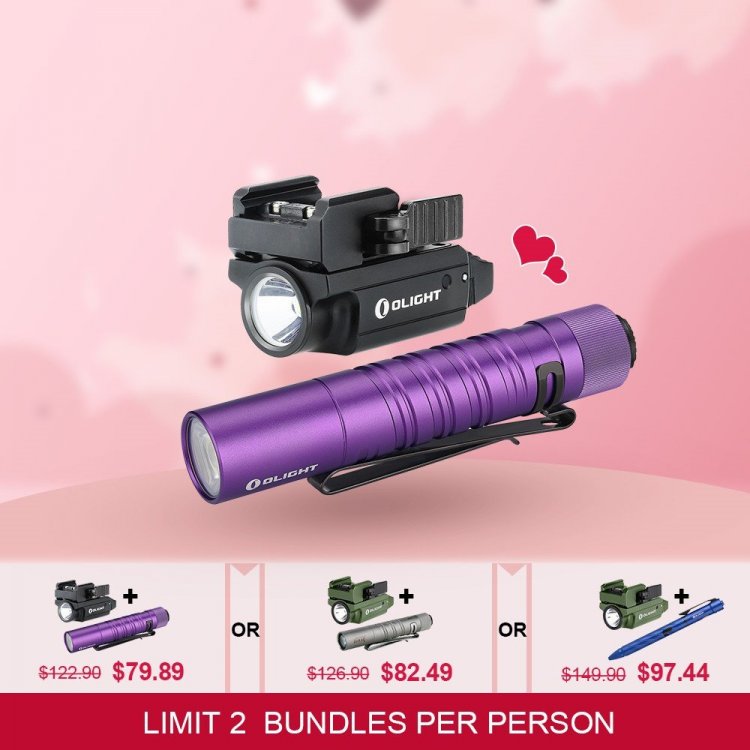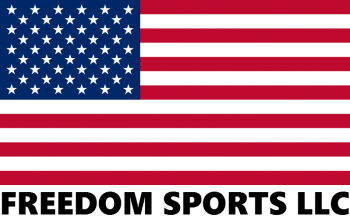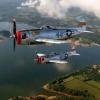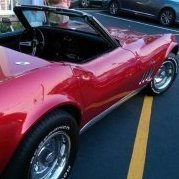-
Supporting Vendors
-
Latest Topics
-
-
Similar Content
-
By lostcyborg
Both of these handguns have literally zero rounds through them. I wish i was lying, these were both random purchases in the past not thinking of use or need. Both come in their respected boxes with everything that came with them. The Canik does come with a tlr-3 just because it fits well and i have a tlr-1 hl on my glock and my walther pdp pro.
First pistol is a Armscor M1911 A2 45 ACP. Comes with one magazine.(10rd) $380.00
Second is a Canik TP9SF Elite 9mm Comes with Two Magazines(10rd) $370.00
Cash/Paypal Sorry no trades. All transfers made via NJ FFL. All local laws apply. Buyer pays transfer fees at FFL. My FFL Is Louie GS In Secaucus(I live in bergen co)
Prices are final and non negotiable.
First Come first serve(I’ll take it) will update as needed.
-
By medic2264
WTS USED GEN 5 GLOCK OVERWATCH PRECISION TAC TRIGGER
$125 Overwatch precision tac trigger gen5
$20 Hyve technologies extended magazine release gen 4/5
I'm in Monmouth County
The first "I'll take it" followed by a PM
PM me for questions.
-
By Dooly
17 boxes of Federal 124 grain FMJ. (9x19mm Parabellum - 9mm Luger)
$220 local pickup only in northern Bergen County. Easiest place to meet would be in Paramus or north on rte. 17. Surrounding burbs near there should be ok as well if agreed.
Must have matching ID and FID. I am in Bergen County. First to post "I'll take it" wins the sale.
-
By kc10dave
Beretta CX4 Storm in 9mm (Black). Very good condition. Used but never fired since purchase in March 2021 from reputable Dealer. Beretta side accessory rail (mounted). Beretta CX4 Storm hard case. (4) Beretta M92F magazines (3 are new, still in packaging). (2) MecGar M9 magazines. Beretta sight tool. Beretta speed loader. Fake Shroud (Can) is attached. DeSantis M48 Storm Packer (attaches to butt stock and holds 2 magazines). Spent extra $ on mags and sighting tool. $900 firm (what I paid in 2021).
I’m in Burlington County and willing to travel 30-45 minutes from 08016 area for transfer at a mutually agreed FFL.
The first to post "I'll take it" on this forum establishes the buyer. Please follow up or ask any questions with a PM. Thanks for looking.
-
By michael ruscingno
Great shape! Taurus g2c 9mm with stainless steel slide. All condition shown in photos, pretty good condition! https://imgur.com/a/9ldPfTH (Photo album)
asking $150 bucks plus buyer responsible for transfer.
comes with two 10 round mags.
willing to meet local to ridgewood NJ Bergen, Passaic county areas, at FFL. Also comfortable with shipping at buyers expense
-
-
Posts
-
We're looking at TN. Although real estate has also increased there too, as well as number of people moving there. Constitutional carry and arming teachers seems like very strong 2A. protection
-
By OJ North Jersey · Posted
Hey! Beautiful! Can you PM me to further discuss? -
By Mack5bunch · Posted
Macro comp with red dot aproxx 50 rounds through it and holster 900
-
-


